
Lee Yeoseong, The Korean Polo, 1930s, Color on Silk, 92x86cm. Korea Racing Authority Equine Museum Collection
Lee Yeosung
* Source: MMCA
Related
-
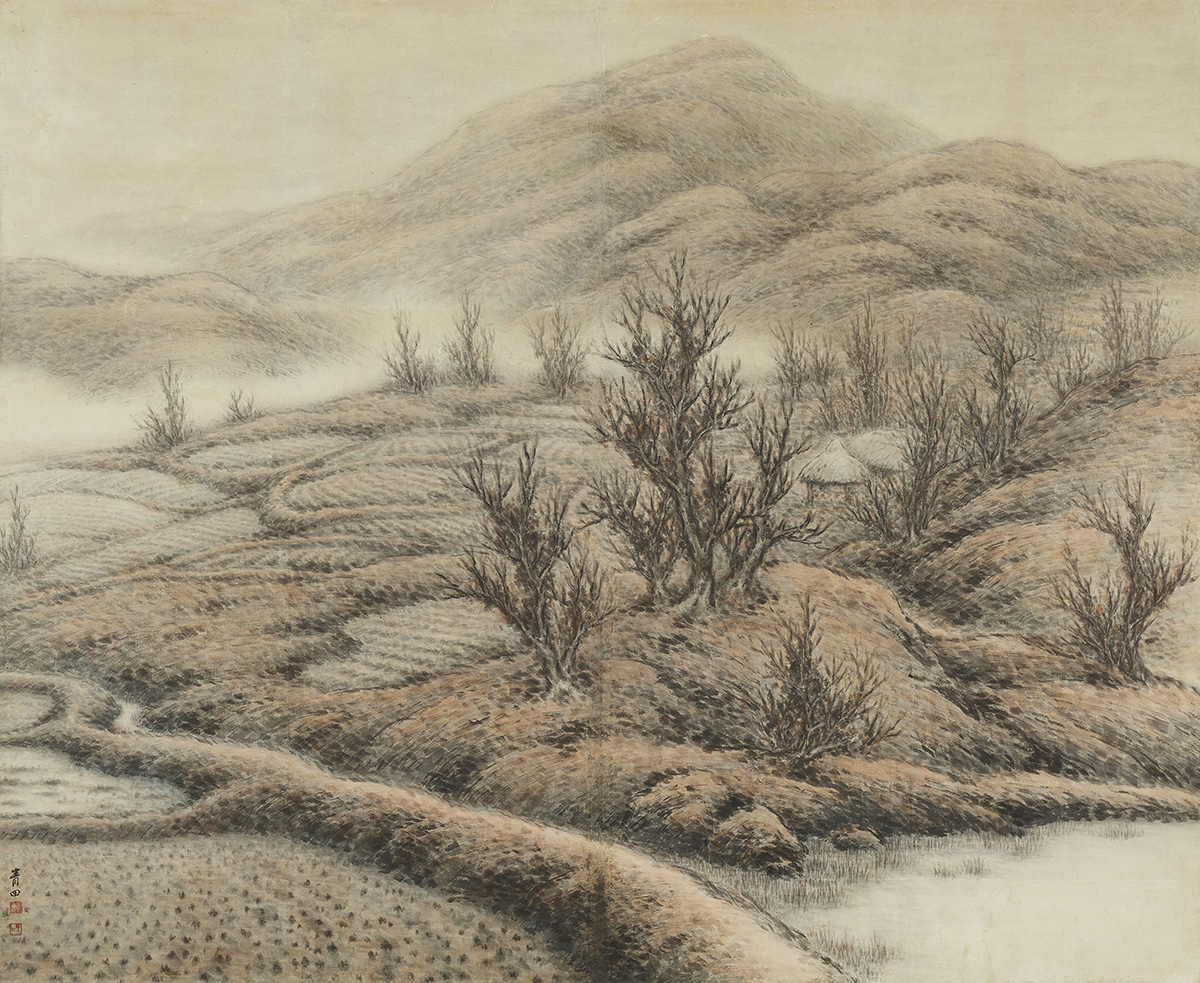
Lee Sangbeom
Lee Sangbeom (1897-1972, pen name Cheongjeon) learned painting from An Jungsik and Cho Seokjin at the Calligraphy and Painting Society [Seohwa misulhoe] and graduated in 1918. He became a member of the Calligraphy and Painting Association [Seohwa hyeophoe] founded in 1918 and submitted his work to the first Joseon Art Exhibition [Joseon misul jeollamhoe] in 1922. He repeatedly won special prizes and was appointed as a Noteworthy Artist and Participating Artist of Eastern painting in the Joseon Art Exhibition. In 1920, he participated in the Changdeokgung Palace mural project and created the work Samseongwanpado. He founded the Cheongjeon Art Studio to educate art students in 1933 and gained notoriety by contributing illustrations to serialized pro-Japanese newspaper novels. After independence, he was accused of being pro-Japanese, but continued to focus on his art nonetheless, becoming an important figure in art circles. In the 1950s, he created his own original ‘Cheongjeon’ style. This Korean-style landscape ink wash painting was based on real Korean scenery and represented what many consider as the essential aesthetics of Korean landscape painting. While he consistently participated in the National Art Exhibition (Gukjeon), he never hosted a solo exhibition of his own, and in terms of his teaching in the post-independence period he taught as an art professor at Hongik University.
-
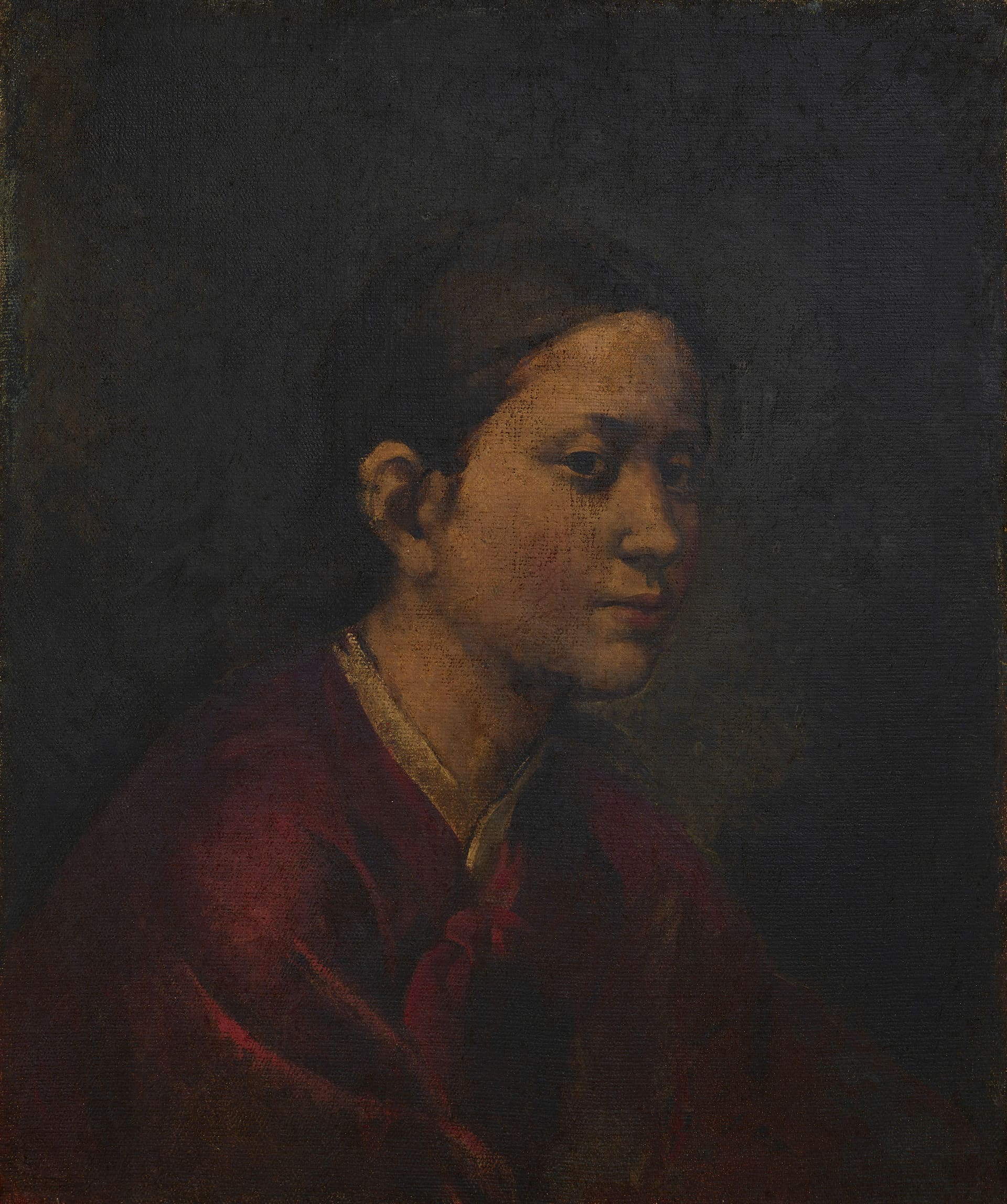
Lee Qoede
Lee Qoede (1913-1965) was born in Chilgok, Gyeongsangnam-do as the second son of a wealthy landowner family. He was strongly influenced and supported by his brother, leftist intellectual Lee Yeoseong and specialized in the history of art, clothing, and folklore. He graduated from Soochang Elementary School in Daegu in 1928, Whimoon High School in 1933, and the Department of Western Painting at the Teikoku Art School in Japan. His works, such as Fate (1938), Night Picnic (1939), and Swing (1940), were selected for the Nikakai Exhibition. After his return to Korea, he founded and led the New Artists Association and its exhibitions from 1941 to 1944. After independence, he was appointed as a committee member of the painting division at the Korean Plastic Arts Federation [Joseon johyeong yesul dongmaeng] and a chairman of the Western Painting division at the Korean Art Alliance [Joseon misul dongmaeng]. After visiting North Korea, he became a centrist and founded the Korean Art and Culture Association [Joseon misul munhwa hyeophoe]. where he was appointed as a chair. In 1948, he joined the National Guidance League. While working as a lecturer at Hongik University, the Korean war broke out, after then and he contributed to the Korean Art Alliance. He escaped Seoul just prior to the 1950 September operation to retake the city but was arrested by the South Korean army and held in prison camps in Busan and Geoje. In an exchange of prisoners, he opted to go to North Korea. In 1988, when the ban on artists who defected to North Korea was lifted, his family revealed his works, such as the People series, A Beggar, and Fate, to the public. He then was re-evaluated as one of the most significant artists in Korean modern art history.
-
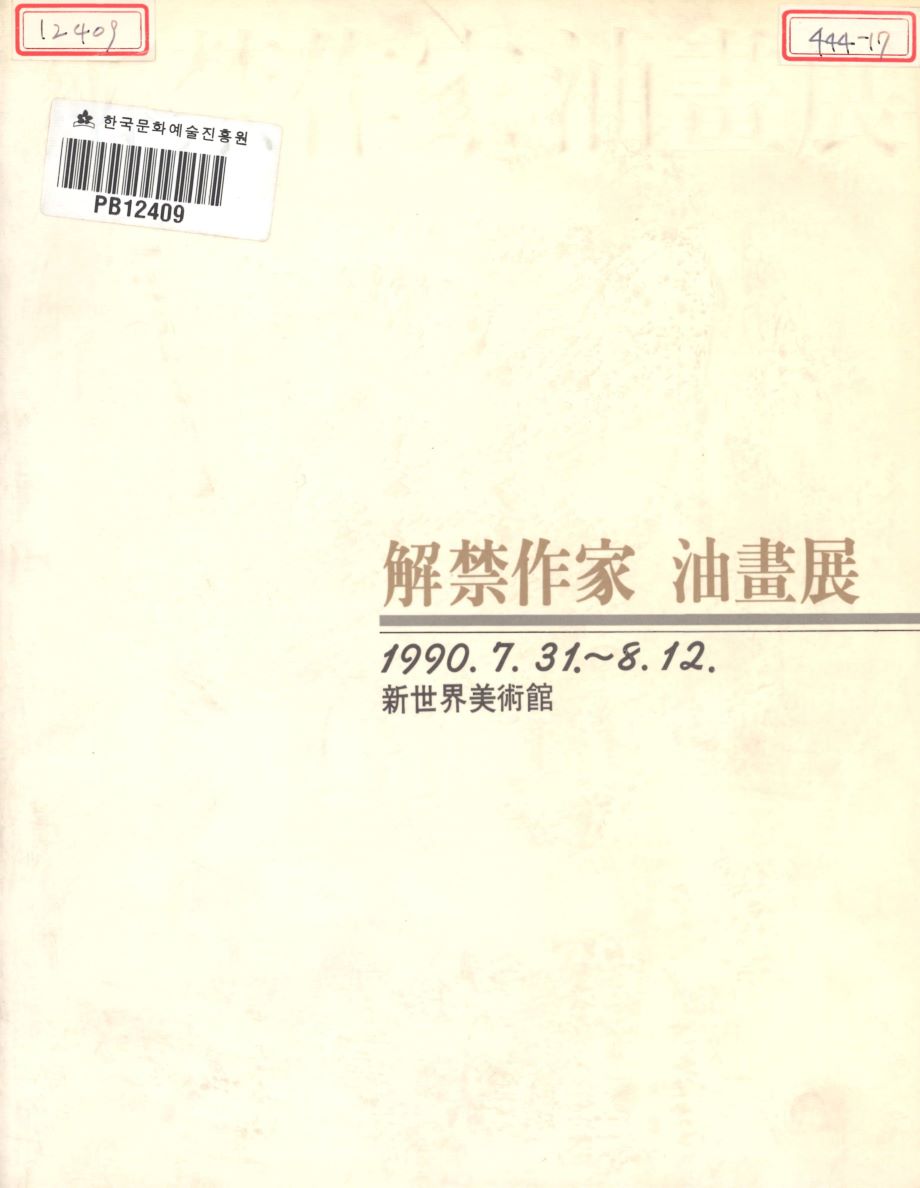
Artists who defected to North Korea
Artists who defected to North Korea refer to artists who moved their spaces of artistic activities to north of the armistice line during the period immediately after Korea’s liberation from Japan on August 15, 1945 until the signing of the truce agreement. Prior to the lifting of the bans on artists who were abducted by or defected to North Korea in 1988, they were labeled traitors for “betraying the South Korean system and choosing the North Korean one” or “choosing communism.” Their works were deemed “detrimental to ideas,” so it was forbidden to mention them. However, contrary to the reasons for restrictions imposed by the government, recent studies have revealed that the defection of most artists to North Korea resulted not from ideological choices or alignment with political system of North Korea, but from unavoidable circumstances caused by the war and division of the country. Accordingly, the scope of research on artists who defected to North Korea can vary depending on researchers or research environments. It discusses the conflict and movement between the two spaces of Seoul and Pyongyang or South and North Korea and further includes those that the South Korean government defined as artists who chose the North Korean system. The number of artists who defected to North Korea amounts to roughly sixty to eighty. In recent years, there has been a view that the so-called consecutive lifting, which differentiates and selectively relieves artists who defected to North Korea voluntarily, those abducted to North Korea, those residing in North Korea, and those who returned to North Korea after defection to South Korea, is an act of high-level public security control. This is seen as a non-academic power tyranny and violence against intelligence that insults the particularity of art, leading to voices to dismantle and prospectively reconstruct the existing frame of the lifting of bans on abducted artists and artists who defected to North Korea.
Find More
-
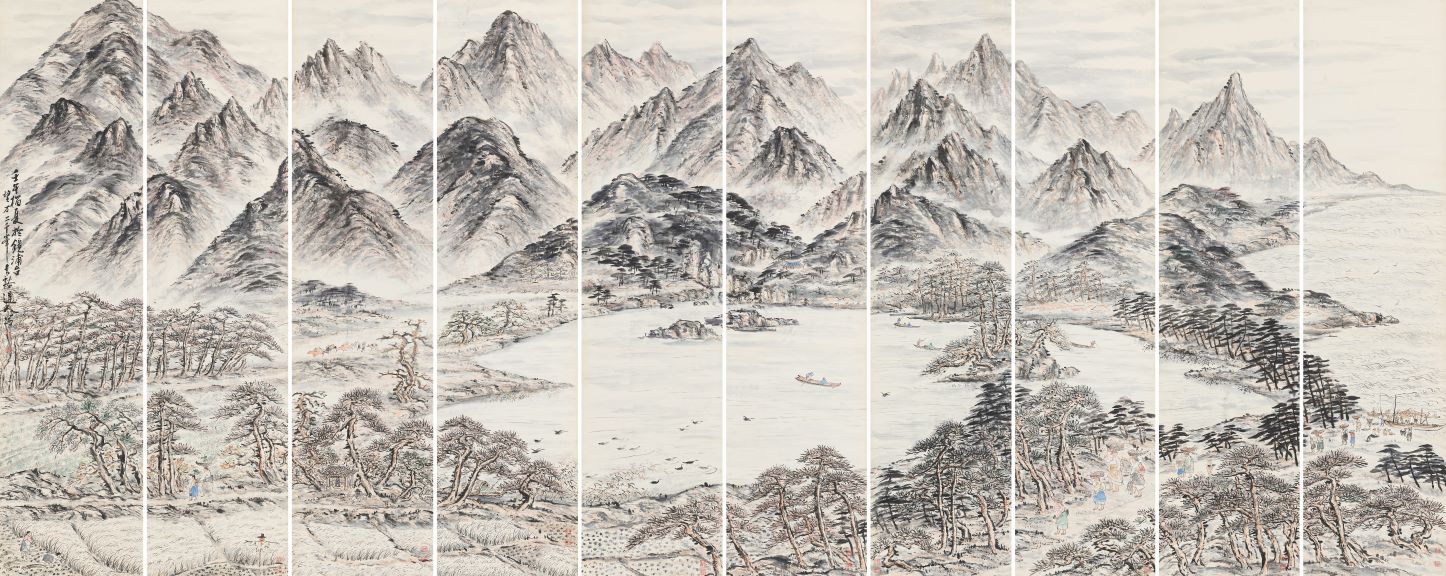
Chung Chong-yuo
Chung Chong-yuo (1914-1984, pen name Cheonggye) enrolled in Osaka School of Fine Arts (Osaka Bijutsu Gakkō), and learned Japanese painting from Yano Kyōson after taking night classes briefly at Taiheiyo Art School in Japan. He became known in Korean painting circles by receiving an honorable mention with his Suburbs in Autumn at the Joseon Art Exhibition [Joseon misul jeollamhoe] in 1935. In 1939, he won the Changdeokgung Prize with Snow in March, and in 1940, he was awarded a special prize for Morning at Seokguram Grotto without review from a panel of judges. At the time he went back and forth to Seoul to study under Lee Sangbeom. He matured the plein-air landscape manner by adding the beauty of ink and brushwork in traditional painting to the Nanga (Southern painting) style he learned in Japan. He was well versed in bird-and-flower painting and figure painting and produced paintings in various formats, including a temple mural as seen in Portrait of Queen Seondeok at Buinsa Temple, and gwaebul (large hanging scrolls hung for outdoor rituals) such as Uigoksa Gwaebul. At the end of the Japanese colonial era, he created paintings reflecting the times. These paintings include State Protector King Geumgang Gongmyeong, Waiting for a Transport Ship, and Always Prepare Yourself As If You Were in a Battle Field. After Korea’s liberation from Japan, Chung Chong-yuo served as the head of the Ink painting section at the Korean Plastic Arts Federation [Joseon johyeong yesul dongmaeng] and the Korean Art Alliance [Joseon misul dongmaeng]. In 1946, he submitted his Procession on August 15 to the first Korean Art Alliance Exhibition and won the Democratic National Front Award. In 1948 and 1949, he enthusiastically engaged in artistic activities by holding solo exhibitions, where he presented Korean paintings that captured natural landscapes and social realities in a contemporary manner. However, immediately after the Korean War, he defected to North Korea. In North Korea, Chung was a member of the Korean Artist Federation [Joseon misulga dongmaeng] and worked as a professor at the Pyongyang Art University. He wrote art textbooks, such as Chaesaekhwae daehayeo (About color painting), Mukhwae daehayeo (About ink painting), Joseonhwa gibeop (Chosonhwa painting techniques), and Joseonhwa jaeryoe daehan sayongbeop (How to use Chosonhwa painting materials). He earned the titles “Laudatory Artist” in 1974 and “People’s Artist” in 1982 in recognition of his contributions to the establishment of North Korea’s Chosonhwa painting theories and the creation of related art works. Among his notable works are Gwaebul at Uigoksa Temple (1983, National Registered Cultural Heritage No. 614), Morning Clouds on Jirisan Mountain (1948), Farming Village in May (1956), and The People in Kosong Assisting the Front (1958).
-
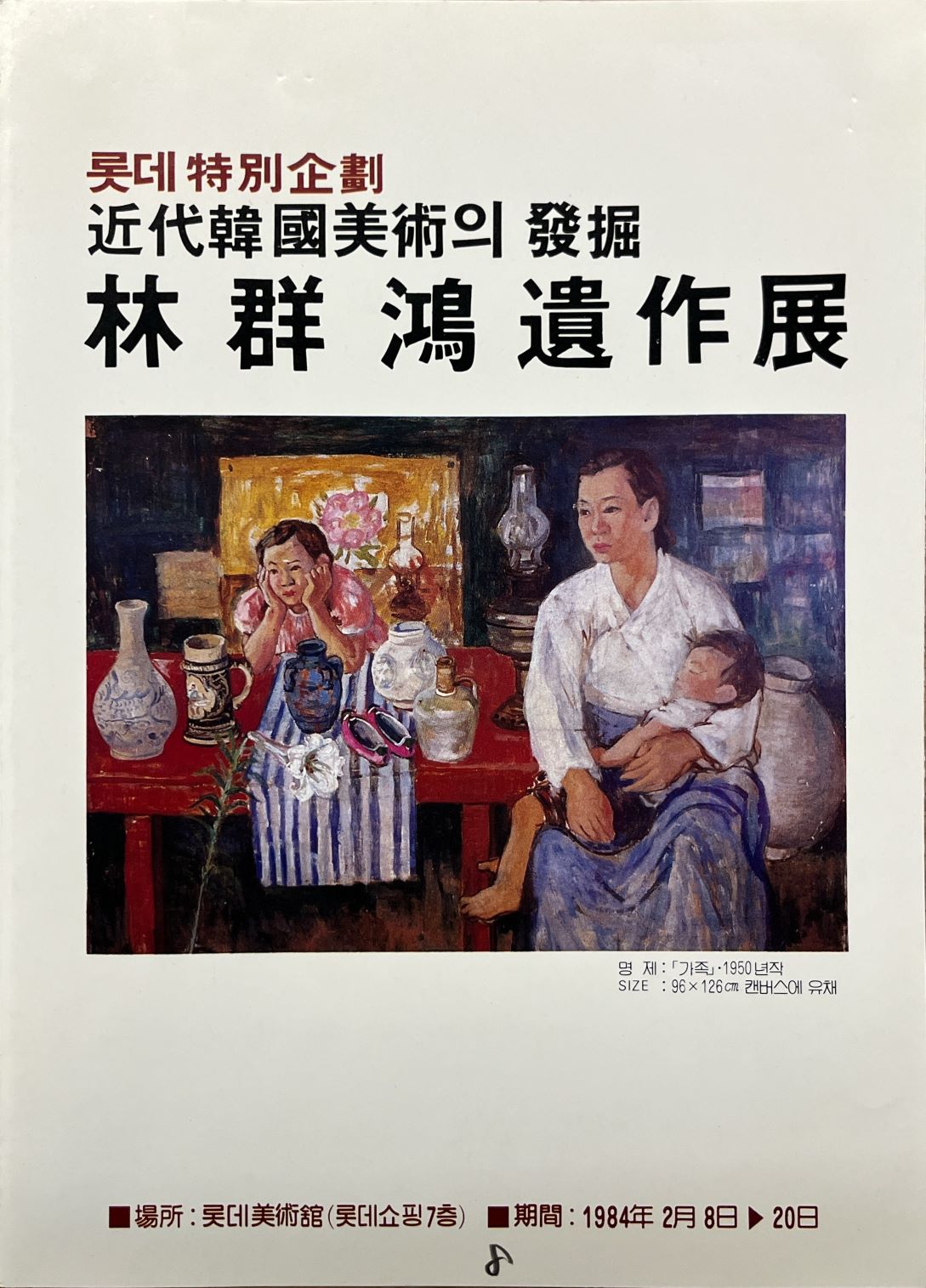
Lim Gunhong: The Forgotten Painter
Lim Gunhong: The Forgotten Painter was an invitational exhibition held at the Lotte Museum of Art from February 8 to 20 in 1984. Lim’s exhibition is the only one devoted to artists who defected to North Korea before the Korean government’s decision in July 1988 to officially release the pre-liberation works by artists who defected to North Korea. In 1931, Lim made his debut as a painter by receiving an honorable mention for Spring Sketch at the Tenth Joseon Art Exhibition [Joseon misul jeollamhoe] under his real name Lim Suryong and for Face at the Second Nokhyanghoe Association Exhibition. He founded the Nokgwahoe Association in 1936 and continued to hold exhibitions until 1938. In 1939, he operated the Yerim Studio (design studio) along with Eom Doman. Later, he traveled to Beijing, China, and produced a vast body of works depicting Chinese landscapes. After Korea’s liberation from Japan, he was active in the Korean Plastic Arts Federation [Joseon johyeong yesul dongmaeng] formed in 1946 and the Korean Art and Culture Association [Joseon misul munhwa hyeophoe] founded in 1947. Lim worked at the Seoul National Art Studio during the Korean War and is believed to have defected to North Korea after the restoration of Seoul on September 28, 1950. He served as a propagandist for the Eastern Front Art and Performance Corps of the Ministry of Culture and Propaganda in North Korea. Later, Lim became the head of the Kaesong branch of the Korean Artist Federation [Joseon misulga dongmaeng]. In 1962 he moved to Hamgyeongbuk-do Province to continue his creative pursuits. The exhibition Lim Gunhong: The Forgotten Painter was made possible thanks to the efforts of art critic Yun Beommo. In 1983, Yun discovered the remaining works of Lim and learned that Lim was not a defector to North Korea but was abducted and disappeared shortly after the Korean War. The exhibition featured forty oil paintings by Lim Gunhong, including Seated Woman, which earned an honorable mention at the Fifteenth Joseon Art Exhibition (1936), and Nude and Model, both of which were part of his son’s collection. The exhibition catalogue, titled the same, was also published. This catalogue features sixty oil paintings and ten sketches that successfully showcase the work of Lim Gunhong, an artist who had been forgotten in the history of modern Korean art. His oeuvre was built through self-study during the colonial era.
-
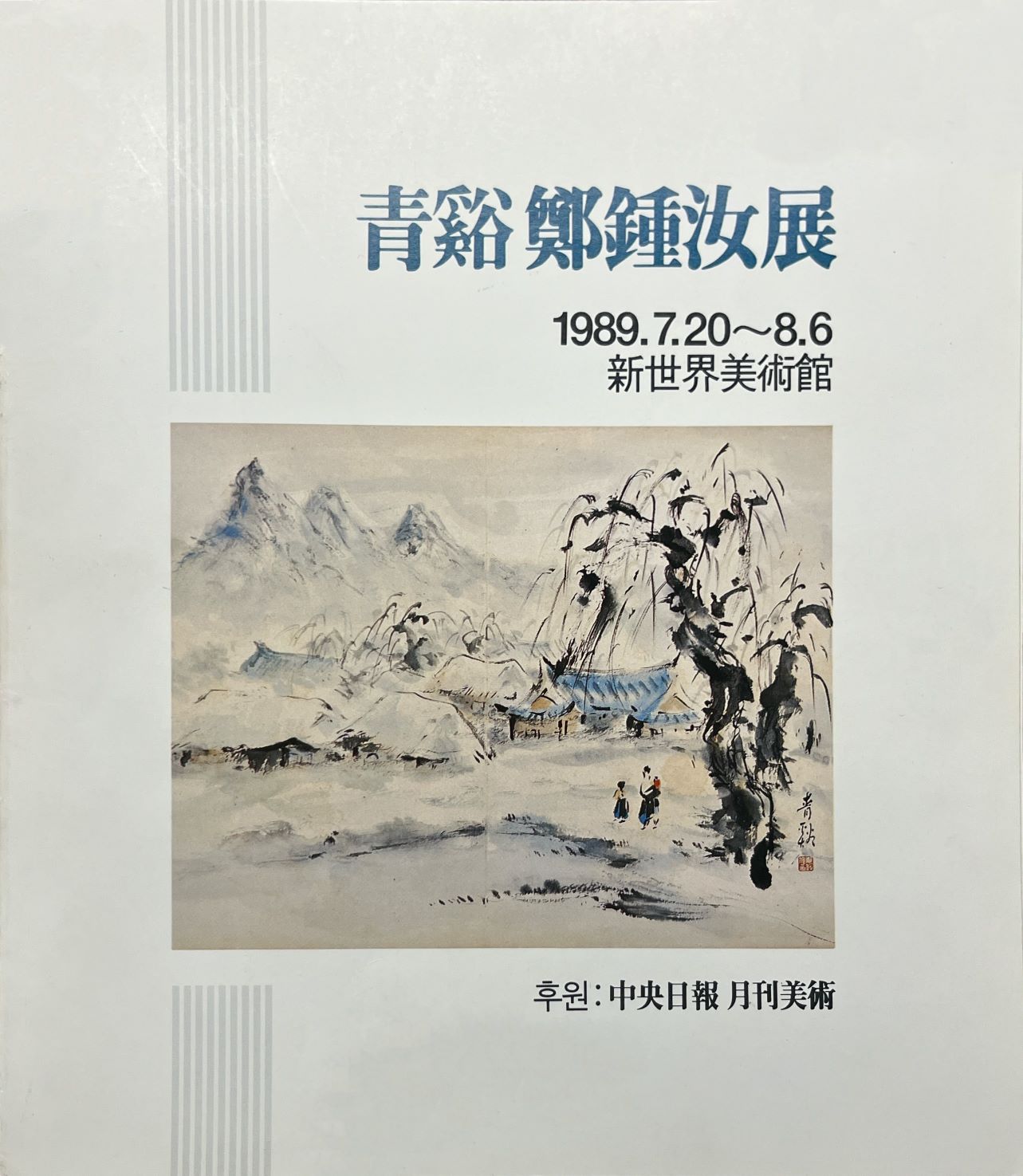
Cheonggye Chung Chong-yuo Exhibition
Cheonggye Chung Chong-yuo Exhibition was an exhibition held at Shinsegae Gallery from July 20 to August 6 in 1989, introducing paintings and sketches by Chung Chong-yuo before his defection to North Korea ahead of South Korea’s recapture of Seoul on September 28, 1950. Chung Chong-yuo was born in Geochang, Gyeongsangnam-do Province. While attending the Osaka Art School, he earned the first honorable mention at the Joseon Art Exhibition [Joseon misul jeollamhoe] with Autumn Field. He continued to receive honorable mentions and win special prizes at the Joseon Art Exhibition until 1944. Winning a Changdeokgung Palace Award at the Joseon Art Exhibition for his Snow in March in 1939, he was recognized for his skills. After Korea’s liberation from Japan, he held two solo exhibitions while serving as the chairman of the Eastern Painting Department of the Korean Plastic Arts Federation [Joseon johyeong yesul dongmaeng] and the Korean Art Alliance [Joseon misul dongmaeng]. In North Korea, he was recognized as a master of Korean painting, serving as the head of the Korean painting course at the Pyongyang Art School and the vice chairman of the Korean Artists Alliance [Joseon misulga dongmaeng]. Until his death at the age of seventy, Chung Chong-yuo worked both in ink-and-wash and color, producing a variety of works such as landscape, figure, bird-and-flower, and Buddhist paintings. Sponsored by the JoongAng Ilbo newspaper company and Wolgan Misool (Monthly Art) magazine, Cheonggye Chung Chong-yuo Exhibition featured forty works collected with the cooperation of private collectors, including two folding screens owned by the bereaved family, three bird-and-flower paintings, a portrait of his friend Yu Ijun’s mother, and sketches. The exhibition was largely comprised of landscape paintings depicting the natural beauty of Korea based on sketching from nature and works illustrating the simple lives and customs of common people. In particular, the sketches showing everyday life and the masterpiece Eagle (in the collection of the Yonsei University Museum), painted on gold leaf paper in 1948, attracted public’s attention. Along with the images of these works, the exhibition catalogue for Cheonggye Chung Chong-yuo Exhibition contained writings: “Friendship Built through Competition in Good Faith” by Kim Kichang (pen name Unbo), a close friend of Chung; “The Artistic Soul and Warm Humanity of the Brother Cheonggye” by Yoon Jaewoo (pen name Gyulwon), who was Chung’s junior colleague at the Osaka Art School; and “Jiyong and Cheonggye’s Trip to Namhae” by the novelist Lee Byeonggyu. This exhibition is significant in that it is the first solo exhibition of an artist who defected to North Korea after the ban on artists who defected to or were abducted to North Korea was lifted in October 1988.






